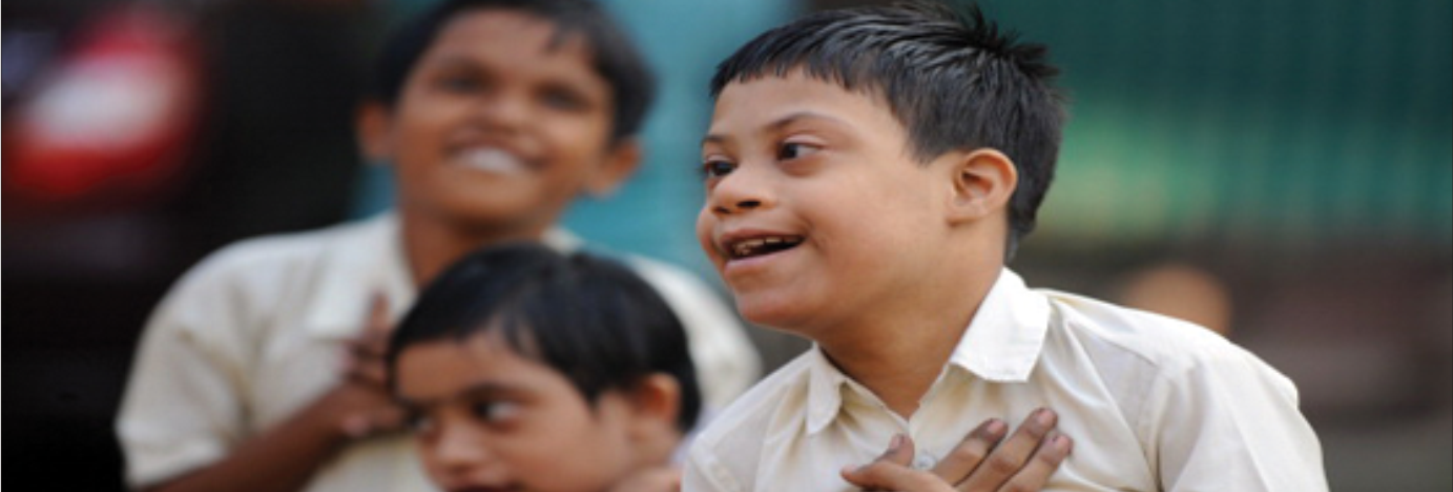Posted on June 22, 2021
Seizure problems in children with developmental disorders
Epilepsy is a very common problem in children. Children with Neurodevelopmental disorders are very prone to convulsion/ seizure disorders. According to the Epilepsy Foundation, it is estimated that 40% children with cerebral palsy may have convulsion or seizure disorder. Similarly children with Intellectual Disability have 22.5%, children with Autism Spectrum Disorder have 20% and children with ADHD have 15% more vulnerability than the normal population.
When a burst of disorganized electrical activity interferes with functioning of normal brain it causes seizure. Seizure can be in different forms, based upon the origin of the disorganized signal within the brain.
Brain areas like motor cortex and the temporal lobes are more vulnerable for seizure disorders.
More than two third children with epilepsy recovers from epilepsy and become seizure free. With an organized and systematic care most of the children become seizure free and lead normal lives.
The effects of epilepsy vary in each child. It depends on age of the child, the type of seizure the child has, how well the child responds to treatment, and on other existing associated conditions.
A seizure can be for a few seconds to a few minutes, sometimes more than 15 minutes. Seizure can be more than 20 different types in children with neurodevelopmental disorders. The most common forms of seizures are
Grand mal seizures (Generalized Tonic Clonic Seizures)
Characteristics of GTCS
- A motor seizure involving the entire body
- Usually the child the person makes a short cry and fall to the floor
- In tonic phase, there will be muscles stiffness, and in clonic phase, there will be jerk and twitch of the limbs
- The child may lose bladder control.
- The child may feel fatigue, confusion, and disorientation. These feelings especially confusion may last from few minutes to several hours or even days / weeks.
- Sometimes the child may fall asleep after the seizure
Petit mal seizure
Characteristics of Petit mal Seizure
- The child become absence minded and stares
- The child can have brief loss of consciousness
- They don’t fall generally as there is no muscle tone fluctuation
Psychomotor seizures
Characteristics of Psychomotor Seizure
- It is the result of unusual electrical activity in the temporal lobe portion of the brain
- It involves involuntary repetitive behavior, such as chewing of lips or hand rubbing
- The child may have unusual sensory experiences (unusual sights, sounds, or odors)
- The child becomes fearful or angry during the seizure episode
- The child gets usually confusion after a psychomotor seizure.
Focal Seizures
Characteristics of Psychomotor Seizure
- It results from disorganized electrical impulses from one part of the brain
- Generally a motor or sensory seizure that is restricted to one side of the body
- The child remains conscious if the seizure is not generalized
Causes of Epilepsy
In most cases, epilepsy has no identifiable cause but a few developmental conditions can be potential cause for epilepsy
- Developmental disorders, including cerebral palsy, autism
- Genetic conditions
- Febrile convulsion, due to high fever
- Meningitis, encephalities or other Infectious diseases
- Maternal infections during pregnancy
- Poor nutrition during pregnancy
- Oxygen deficiency before or during birth
- Trauma to the head
- Cyst or tumor in the brain
Treatment of Seizure Disorders
Due to advancement in the medical field, lot of treatment options is available
Medications
Medication is the first line of treatment for children with epilepsy. Medications help to reduce the frequency and duration of the jerks / seizure. With consistent and proper medication, most of the jerks stop. Mostly children who are seizure free don’t require medications. Parents should not stop treatment without medical consultation, as seizures may come back any time or may get worse.
Ketogenic diet
Ketogenic diet is special diet which can control seizure in specific children with seizure disorders. Ketogenic diets are prescribed by dietician who works closely with the pediatric neurologist
Neuro-stimulation
When epilepsy doesn’t respond well with the use of continuous medication for longer period, a neurosurgeon may prescribe neurostimulation. In this treatment, a device is used. Currently three different types of neurostimulation are used for the treatment of epilepsy. These are Vagus Nerve Stimulation, Responsive Neurostimulation, and Deep Brain Stimulation (DBS)
Surgery
These days’ neurosurgeries are practiced quite comfortably due to technical advancement and professional expertise. In few cases, these surgeries can improve a lot.
If you have any questions / queries regarding epilepsy, ask our xperts team. We will be very happy to answer your queries.
For more information, please contact us at
Mail ID: helpicd@gmail.com, WhatsApp@+91-7838809241, Voce Call @+91-11-41012124

Recent Comments